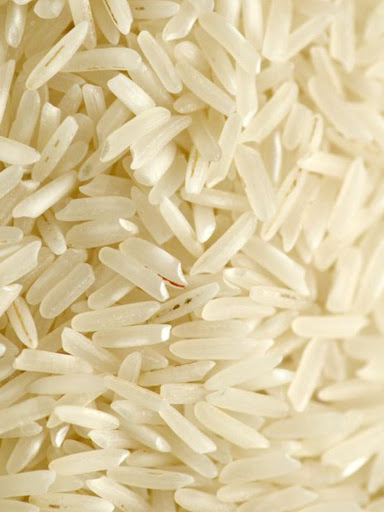Wind Solar Energy
Special wedding garments are often worn, and the ceremony is sttimes followed by a wedding reception. Music, poetry, prayers, or readings.
Wheat Bran, a by-product derived from the dry milling process of wheat into flour, plays a crucial role in animal feed and stands as a significant agro-industrial byproduct. It encompasses the outer layer of the wheat grain and retains a portion of the wheat grain's starch content. Wheat bran, with an annual production ranging from 45 to 90 million tons, is primarily exported to the feed industry. The top producers, namely Pakistan, India, China, USA, Turkey, Russian Federation, and France, collectively contribute 75% of this production.
Place of Origin: Pakistan
Colour:Golden Brown
Composition:Our wheat bran is a by product of wheat milling and consists of the outer layers of the wheat kernel. It typically contains

Quality Of Wheat Bran |
||
| Moisture Content | : | 14% - 14.5% MAX |
| PROTEIN | : | 14% - 15% |
| FIBER CRUDE | : | 3.5% |
| CROP | : | FRESH |
Key Features: Of Wheat Bran |
|||
| 1. | High Nutrient Content | : | Our wheat bran is rich in nutrients, making it an excellent source of energy, protein, and fiber for livestock. |
| 2. | Versatile Usage | : | Wheat bran can be incorporated into various animal feed formulations, including cattle, poultry, and swine diets, to enhance their nutritional value. |
| 3. | Fiber-Rich | : | With a substantial crude fiber content, wheat bran promotes healthy digestion in ruminant animals and aids in preventing digestive disorders. |
| 4. | Easily Digestible | : | The finely milled texture of our wheat bran ensures ease of digestion, making it suitable for animals of all ages. |
| 5. | Quality Assurance | : | We adhere to stringent quality control measures, and our wheat bran undergoes rigorous testing to meet international standards. |
| 6. | Packing | : | Our Rhode grass is available in various packaging options, including bales, bundles, and customized packaging to suit your specific needs. |
| 7. | Storage | : | Store Rhode grass in a cool, dry place, away from direct sunlight and moisture to preserve its nutritional content and quality. |
| 8. | Applications | : | Rhode grass is an essential component of animal diets, providing a natural and nutritious forage source for livestock, particularly during the growing season. |
| 9. | Contact Us Today | : | Unlock the nutritional benefits of our premium Rhode grass. Contact our dedicated team at [Your Company Name] to discuss your requirements, request samples, or place an order. We are committed to providing you with the highest quality Rhode grass to meet the dietary needs of your livestock. |

Special wedding garments are often worn, and the ceremony is sttimes followed by a wedding reception. Music, poetry, prayers, or readings.
Special wedding garments are often worn, and the ceremony is sttimes followed by a wedding reception. Music, poetry, prayers, or readings.
Special wedding garments are often worn, and the ceremony is sttimes followed by a wedding reception. Music, poetry, prayers, or readings.
Animal feed pellets are a common form of animal feed that are produced through the process of palleting. Pelleted feed is popular amongst the farmers and animal owners because it is easier to store, transport, and feed to animals than traditional loose feed. Animal feed pellets are made from a variety of ingredients, including grains, protein sources, vitamins, and minerals.
Yellow Maize is one of the most important grain after rice and wheat. Corn provides nutrition for both human and animals, and also used for the production of starch, oil, protein and food sweeteners. The demand of Pakistan Yellow maize corn has increased all around the world over a period of time as increase in consumption of meat, as Corn is used for animal feed for healthier growth.
Super Basmati White Aromatic Rice stands apart. It is predominantly cultivated in the Himalayan hills. This well-known rice is easily identified by its length, which is four times greater than its width. Pakistan produces more than 2.5 million tones of basmati rice in total. It is eaten by 30% of the total production, with the rest exported to other regions of the world.